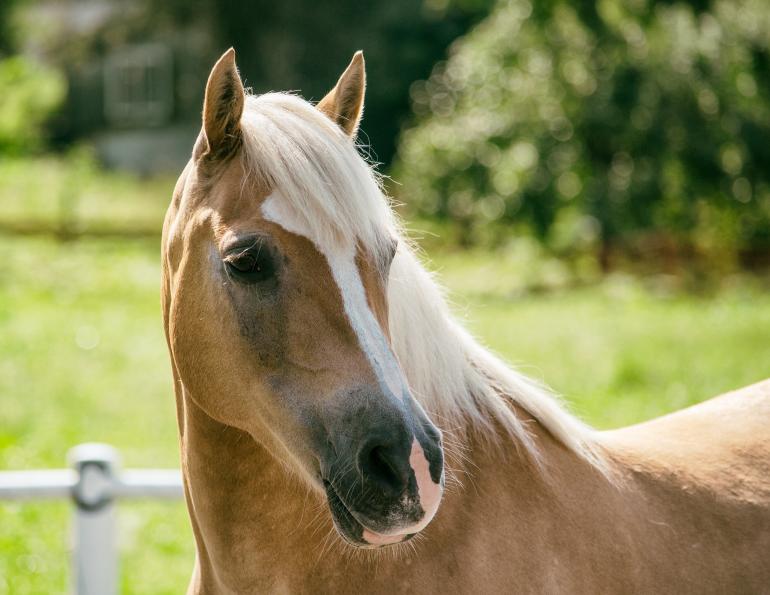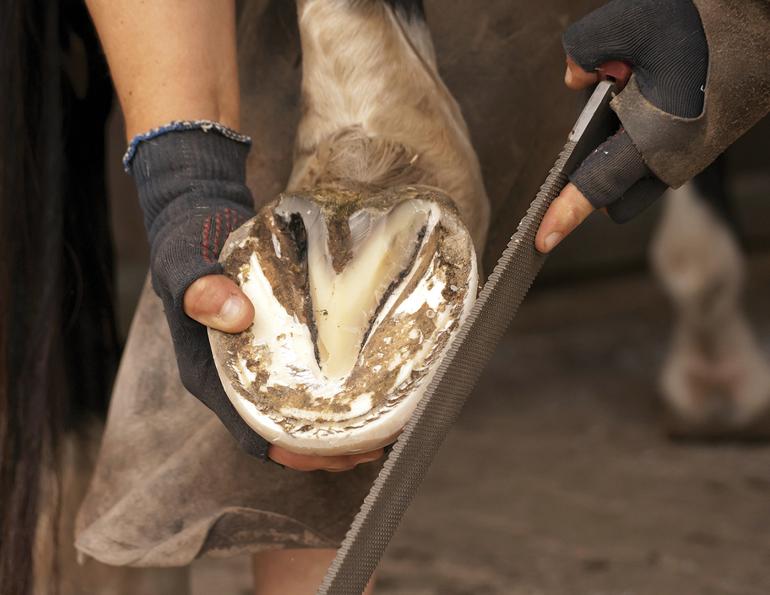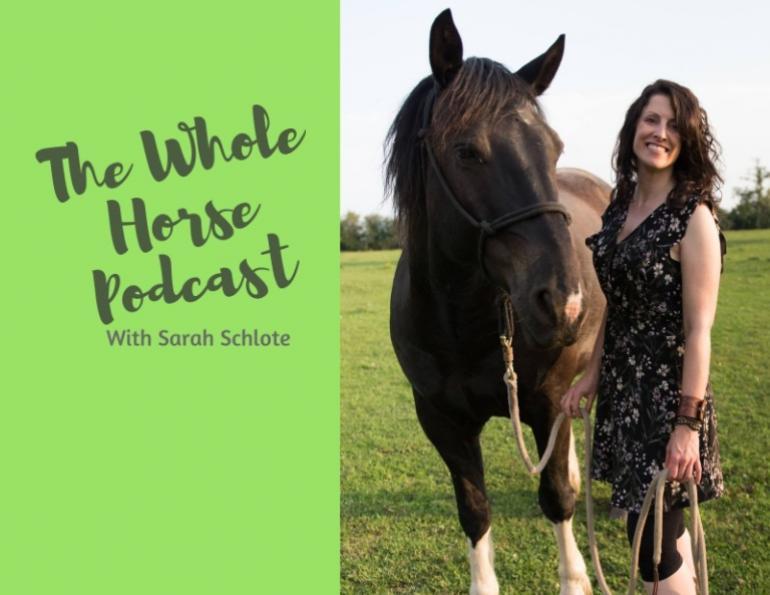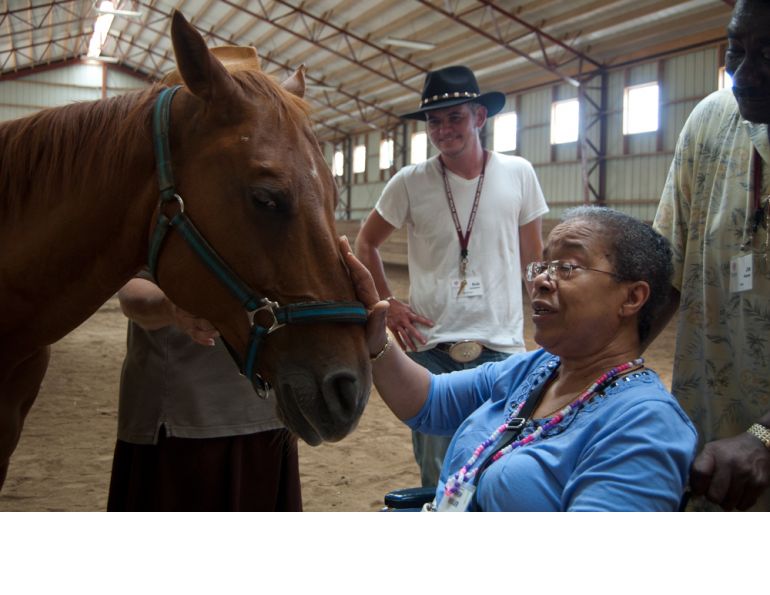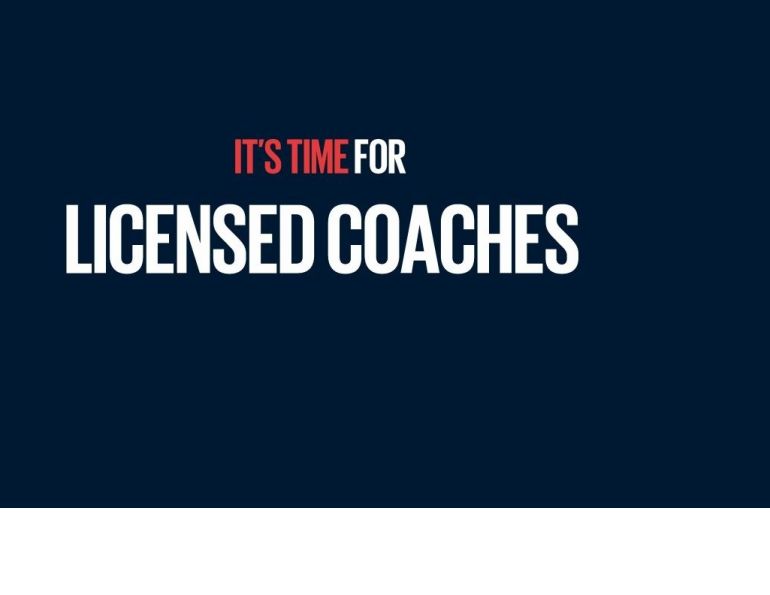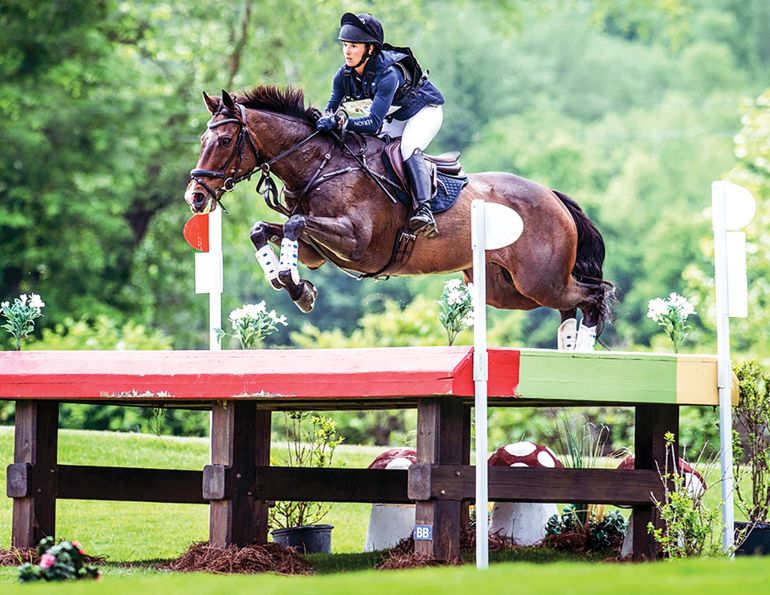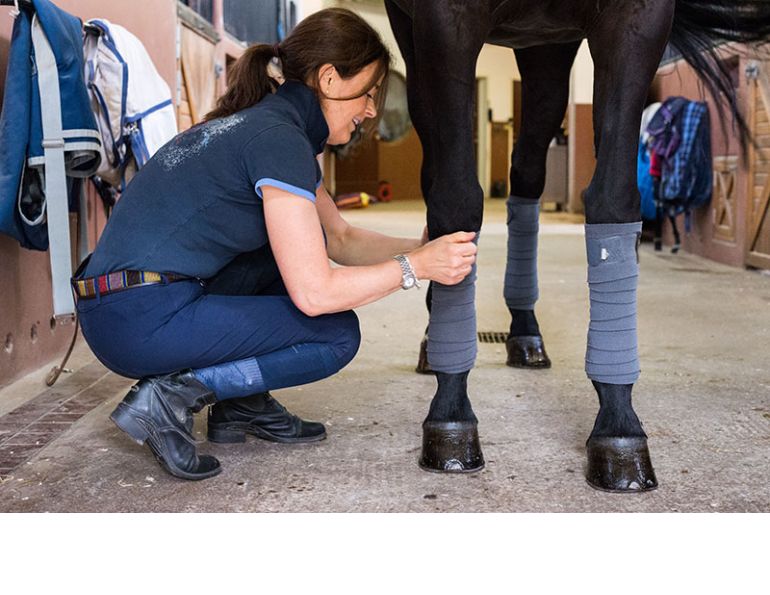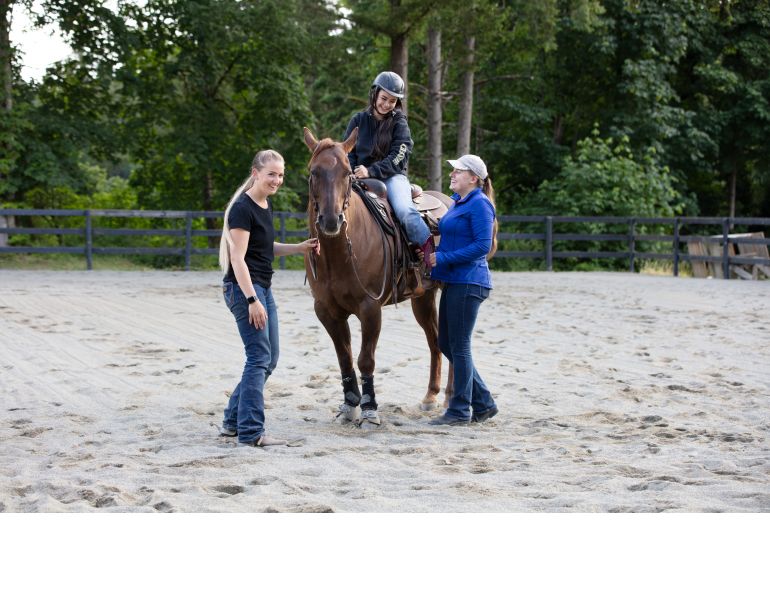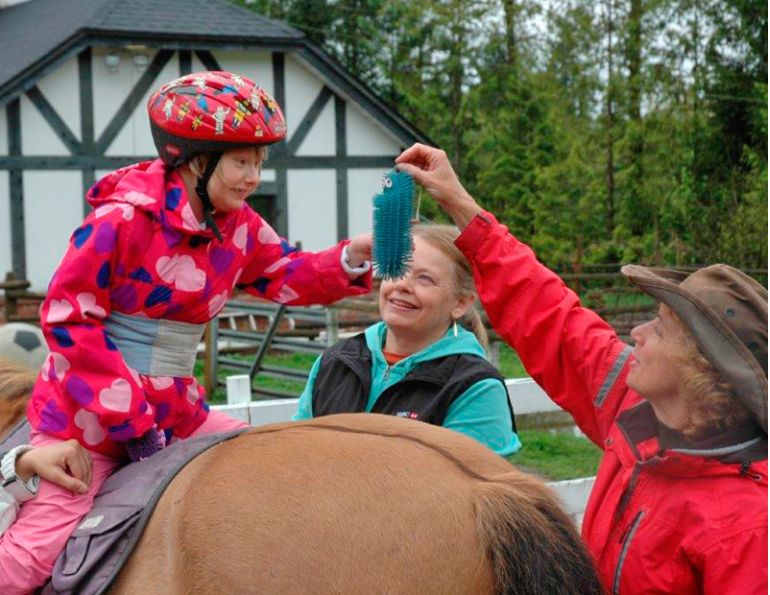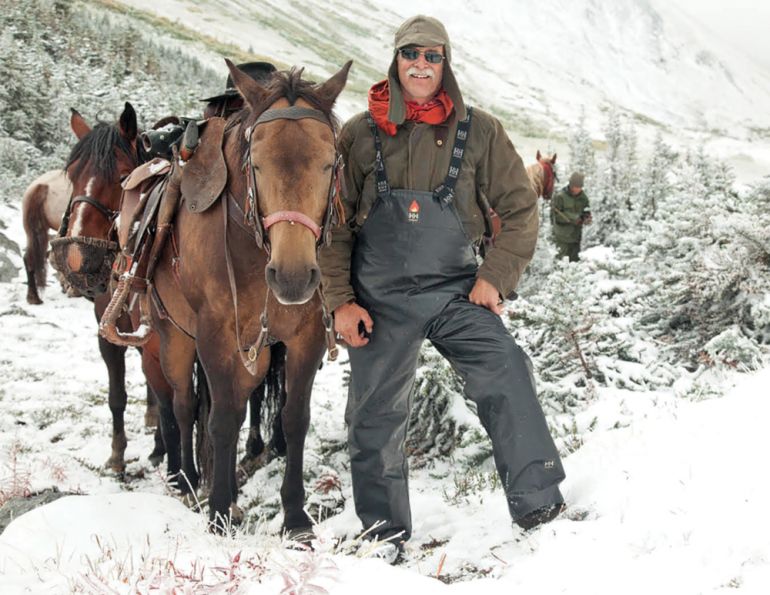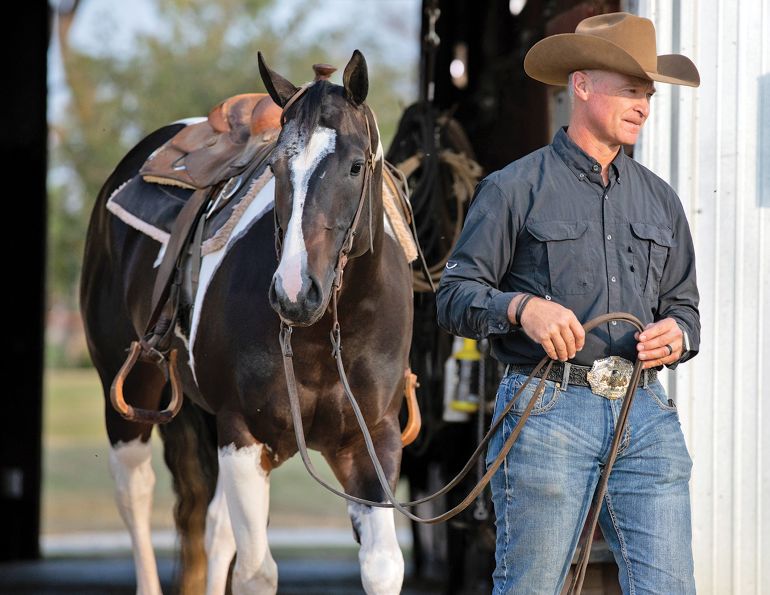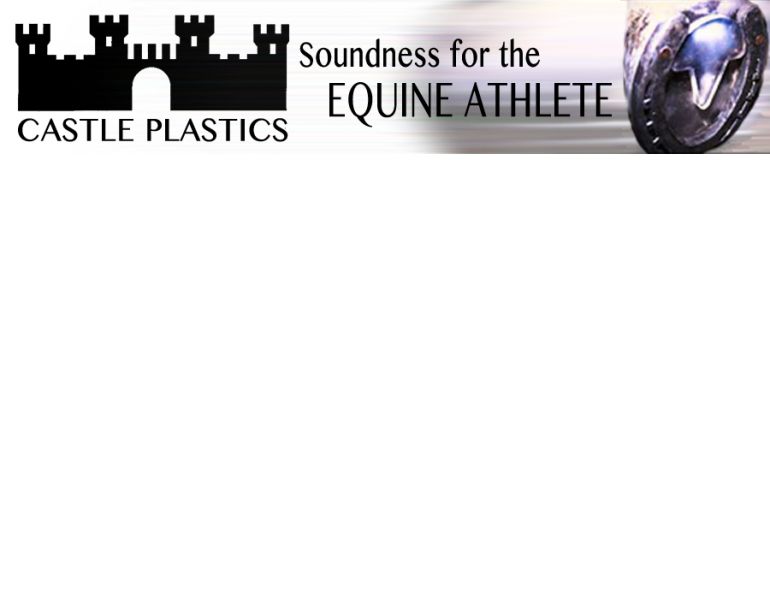By Michael J. Cameron, Ph.D., BCBA-D, Chief Clinical Officer for Pacific Child and Family Associates
Wake up. Breakfast. School. Go home. iPad. Dinner. iPad. Bed. Repeat. To most of us, this may sound boring and monotonous. To a child with Autism Spectrum Disorder (ASD), this might represent comfort in the form of routine, simplicity and escape. In today’s world, it seems as though the general public has been sucked into a technological tunnel. For a child with ASD, it is even easier for them to become fixated on things, especially iPads, iPhones and other interactive technology that ultimately keeps them isolated or cloistered from the outside world. Unfortunately, it is even harder to pull them away from such fixations once they manifest.
A recent study published in the Autism Research and Treatment Journal showed that children with autism are far less physically active than their non-spectrum peers, although just as physically capable. This finding suggests that children with ASD simply need more exposure to opportunities to engage in physical activity, which all children need in order to set a foundation for a healthy life.
It is so important to create a balanced lifestyle for children with ASD. They need to be given an opportunity to sample a rich array of activities and to try new things. It is through environmental enrichment and stimulation that people discover their interests. When an interest is discovered, there are social opportunities that involve connecting with like-minded individuals. Opening them up to different experiences can result in the emergence of new interests for them outside of their tunnel. An imperative related to working with a child with ASD is to find a medium of motivation to ignite active engagement. This can easily be validated through an opportunity recently presented to me, which translated to an amazing experience with positive outcomes.
When I was a boy, I was simply fascinated with horses, cowboys, and lassos. Although shy by nature, I would engage anyone willing to talk about or demonstrate the art of swirling a lasso. I would chase after anyone who was adept at making sky circles. When my friends, Jeff and Jill, recently donated their senior horse, Bucky, to be used to support children with disabilities, I immediately thought back to my childhood experience and the impact that Bucky could possibly have on children with ASD. In particular, I thought of Ara, a nine-year-old boy with autism with whom I had been working through Pacific Child and Family Associates (PCFA). I sent Ara’s mom a picture of Bucky to show him, and he displayed excitement and an interest in the idea of being able to ride Bucky. I quickly arranged for Ara and his sister, Merry, to ride one warm Saturday afternoon under the guidance of Amanda Witherspoon from Gentle Strides Therapeutic Riding stables in the town of Santa Paula, California. Amanda is an instructor who works with children through Bucky.
I knew this would be a risk, as Ara has a history of behavioural excesses. He can be difficult to guide, difficult around his sister, and he has a sharp and discerning intellect making him not easily captivated. The transformation was astounding. Ara became temperate, compliant and engaged in the experience. There were so many desirable outcomes displayed by Ara that we look for when working with an autistic child, including:
- Perspective Taking – While brushing Bucky, Ara noticed a “chestnut” on the inner side of Bucky’s leg and asked if it would hurt Bucky if he brushed over it.
- Generalization of an Activity – Ara, who was not normally keen on interacting with his younger sister, asked Merry for her assistance with carrying a heavy saddle. He then cautioned her to keep a wide arc when walking behind Bucky and made an arc out of straw to give her a visual guide to ascertain her safe distance from Bucky’s legs.
- Intraverbals – Ara engaged in conversational exchanges.
- Mands – Ara requested information about the parts of the saddle he was curious about. He also called out his direction preferences while riding.
- Tacting – After learning the parts of the saddle, Ara spontaneously tacted (labeled) them himself.
- Echoics – Ara repeated the instructions that Amanda delivered.
- Theory of Mind – Ara wondered aloud about Bucky’s perspective on the taste of hay.
- Behavioural Regulation – Ara was calm throughout the experience.
As I watched Ara’s transformation throughout his interaction with Bucky, all I could think about was how I wish someone with research curiosity and capability would study the impact of equine-related activities on children with ASD. In the study of autism and ASD, we are compelled to use evidence-based practices, where the evidence is generated by research. Unfortunately, the questions formulated for the research are not often consumer based. In consequence, we need to look more to the subjects that inspire the research, to help us frame the experimental processes. There needs to be an appropriate context relevant to the subject in order to see results and an emergence of desired behaviours.
Some of the experimental questions that I would impose include:
- If a child with ASD is given a preference assessment, would they select an equine-related activity as a preferred activity?
- If an equine-related activity is selected by a child, will that context impact their verbal behaviour (e.g., use of mands, tacts, intraverbals, and echoics)?
- If a child selects an equine-related activity, will that context impact their social behaviour (e.g., turn taking, joint attention, role reversal imitation)?
In this instance, Ara was the subject and Bucky was the context that created motivation for Ara. Ara was comfortable with the idea, interested in the horse, and therefore motivated to engage in the experience. Therefore, the experiment did not appear to have any roadblocks. This agreeable engagement resulted in positive outcomes. A family’s perceived value of a service is directly related to the outcomes and demonstrations they witness. I greatly enjoy working with PCFA for this very reason. PCFA promotes research while embracing the diversity of each child. Moreover, we care enough to ask questions and design the research with innovation and diversity in mind.
 Dr. Michael J. Cameron, a Board Certified Behaviour Analyst® (Charter Certificant 1-00-0010) is the Chief Clinical Officer for Pacific Child & Family Associates (PCFA) and experienced in the area of behavioural medicine, behavioural health assessment, intervention for diverse populations, and higher education. PCFA is an insurance accepting, national leader in the delivery of services for children with autism spectrum disorders and other developmental disabilities. PCFA services are provided in homes, schools, and in clinics across the United States. Prior to joining PCFA, Dr. Cameron was a tenured Associate Professor and the Founding Chair of the Department of Behaviour Analysis at Simmons College. Dr. Cameron earned a Master’s degree in Applied Behaviour Analysis and a Ph.D. in Experimental Psychology from Northeastern University. Dr. Michael J. Cameron, a Board Certified Behaviour Analyst® (Charter Certificant 1-00-0010) is the Chief Clinical Officer for Pacific Child & Family Associates (PCFA) and experienced in the area of behavioural medicine, behavioural health assessment, intervention for diverse populations, and higher education. PCFA is an insurance accepting, national leader in the delivery of services for children with autism spectrum disorders and other developmental disabilities. PCFA services are provided in homes, schools, and in clinics across the United States. Prior to joining PCFA, Dr. Cameron was a tenured Associate Professor and the Founding Chair of the Department of Behaviour Analysis at Simmons College. Dr. Cameron earned a Master’s degree in Applied Behaviour Analysis and a Ph.D. in Experimental Psychology from Northeastern University. |



